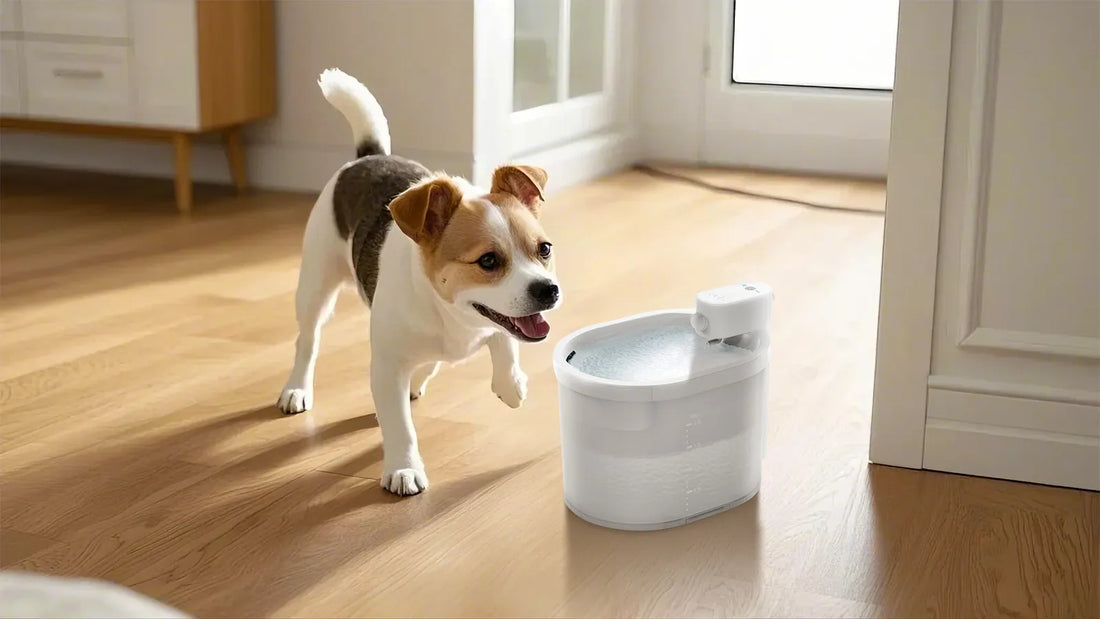If you've noticed your dog not drinking water but still peeing, it's natural to feel concerned. This behavior can indicate underlying health issues or environmental factors that need immediate attention. Understanding the reasons behind this phenomenon is crucial to ensuring your furry friend stays healthy and hydrated.
Why Is My Dog Not Drinking Water?
There are several reasons why your dog might refuse to drink water. One common cause is a change in their environment or routine. Dogs are creatures of habit, and any disruption, such as moving to a new home or traveling, can lead to stress and a reduced appetite for water. Additionally, the water itself might be the issue. If the water bowl is dirty or the water tastes different due to a change in source, your dog might avoid drinking it.
Possible Health Concerns
When a dog stops drinking water but continues to pee, it could be a sign of a medical condition. Kidney disease, diabetes, and urinary tract infections are some of the health issues that can cause this behavior. Kidney disease, for example, can lead to increased urination while reducing the dog's thirst. Similarly, diabetes can cause excessive urination and dehydration, making it seem like your dog isn't drinking enough water.
Dehydration Risks
Dehydration is a serious concern for dogs that aren't drinking enough water. Symptoms of dehydration include lethargy, dry gums, and sunken eyes. If left untreated, dehydration can lead to organ failure and even death. It's essential to monitor your dog's water intake and seek veterinary care if you suspect dehydration.
Environmental Factors
Sometimes, the problem isn't with your dog but with their surroundings. Hot weather can cause dogs to lose interest in drinking water, especially if they're not used to the heat. Similarly, if your dog spends a lot of time outdoors, they might not have access to clean water, leading to reduced intake. Ensuring your dog has a cool, comfortable environment and access to fresh water can help mitigate this issue.
Behavioral Issues
Behavioral problems can also contribute to a dog not drinking water. Anxiety, depression, or even boredom can lead to a lack of interest in water. If your dog is experiencing emotional distress, it's important to address the root cause. Providing mental stimulation, regular exercise, and a stable routine can help improve their overall well-being and encourage them to drink more water.
How to Encourage Your Dog to Drink Water
If your dog isn't drinking enough water, there are several strategies you can try. First, ensure their water bowl is clean and filled with fresh water. You can also try using a different type of bowl, such as a stainless steel or ceramic one, as some dogs prefer these materials. Adding ice cubes to the water or offering wet food can also increase their water intake. In some cases, using a pet fountain can encourage your dog to drink more, as the flowing water can be more appealing.
When to See a Veterinarian
If your dog continues to avoid drinking water despite your efforts, it's time to consult a veterinarian. A professional can perform tests to rule out any underlying health conditions and provide appropriate treatment. Early intervention is key to preventing complications and ensuring your dog's health.
Your dog's hydration is vital to their overall health and well-being. If you notice your dog not drinking water but still peeing, take action immediately. By understanding the potential causes and implementing effective solutions, you can help your furry friend stay happy, healthy, and hydrated.













